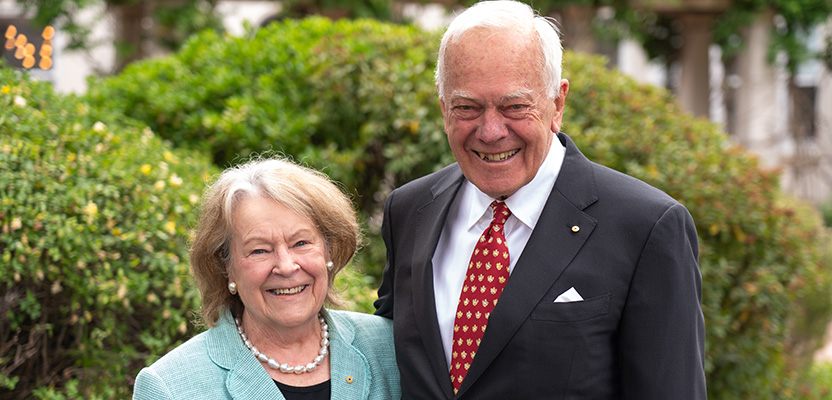When University of Sydney researchers looked at the effectiveness of a 3D mammography technique, they found there was an increase in breast cancer detection.
The University of Sydney-led pilot study of 3D mammography, called tomosynthesis, has shown improvements compared to standard mammography in breast cancer detection.
However, researchers say it is too soon to tell if more detection leads to better health outcomes for women.
This is the first Australian population-based trial of the effectiveness of digital breast tomosynthesis screening, and it was done in the BreastScreen Victoria program.
The results of the pilot study were published today in the Medical Journal of Australia.
The research was led by , Professor of Public Health and ³Ô¹ÏÍøÕ¾ Breast Cancer Foundation Research Leadership Fellow at the University of Sydney’s Faculty of Medicine and Health.
In digital breast tomosynthesis, a series of low-dose x-ray images of the breast are obtained from multiple angles. The combined images as millimetre-thick cross-sections, can be viewed by the radiologist scrolling through multiple cross-sections – almost like a film.
Currently in Australia, two-dimensional (2D) x-ray mammography is the only public health strategy officially endorsed for national population breast screening with the aim of reducing breast cancer mortality.
“We found that tomosynthesis screening was feasible to implement at BreastScreen Maroondah, with a low opt-out rate, and could increase the breast cancer detection rate,” Professor Houssami and colleagues wrote.
“However, it also had disadvantages, such as longer screen-reading times, that need to be considered when making decisions about larger trials of tomosynthesis screening or screening policy.
Method and key findings:
Researchers compared tomosynthesis and standard mammography screening of women attending Maroondah BreastScreen in Victoria, Australia, for routine breast screening between 18 August 2017 and 8 November 2018.
Thousands of screenings were undertaken: 5018 tomosynthesis and 5166 standard mammography screens.
They found:
- Tomosynthesis detected 49 cancers (40 invasive, 9 in situ). Standard mammography detected 34 cancers (30 invasive, 4 in situ).
- The estimated difference was 3.2 more detections per 1000 screens with tomosynthesis. The difference was greater for repeat screens and for women aged 60 years or more.
- The recall rate was greater for tomosynthesis (4.2%) than standard mammography (3.0%).
- The median screen reading time for tomosynthesis was 67 seconds compared to standard mammography (16 seconds).
Still early days
In the journal article, the researchers write that more frequent cancer detection by tomosynthesis screening than in standard 2D mammography could indicate it is more sensitive than standard mammographs but this may not be associated with improved health outcomes.
They also state there are disadvantages associated with the technique.
“The increased radiation exposure associated with tomosynthesis … also needs careful consideration before adopting it for routine screening.
“The imaging data and information infrastructure (including image display and archiving) is another important aspect; careful planning enabled modifications that supported implementation of tomosynthesis in this pilot trial, but substantial changes would be needed to facilitate its use in a high-volume population screening program, and would be subject to a thorough health economics evaluation.
“Our trial provides findings that could be further examined in larger, multi-service comparisons of tomosynthesis with standard mammography for breast screening, including longer term endpoints (such as interval cancer rates) that were beyond the scope of our pilot study.
“The balance between the incremental benefit and harms of this new technology must be carefully assessed to ensure that BreastScreen provides the most effective form of screening to Australian women,” Houssami and colleagues concluded.
Declaration: The study was funded by a ³Ô¹ÏÍøÕ¾ Breast Cancer Foundation (NBCF) Australia pilot study grant. Nehmat Houssami is funded by an NBCF Breast Cancer Research Leadership Fellowship.








